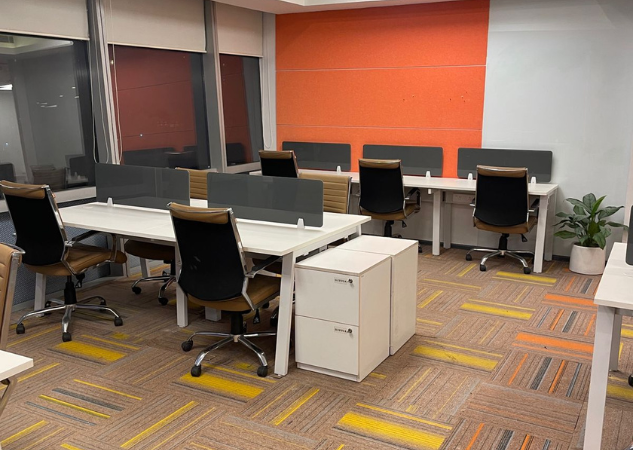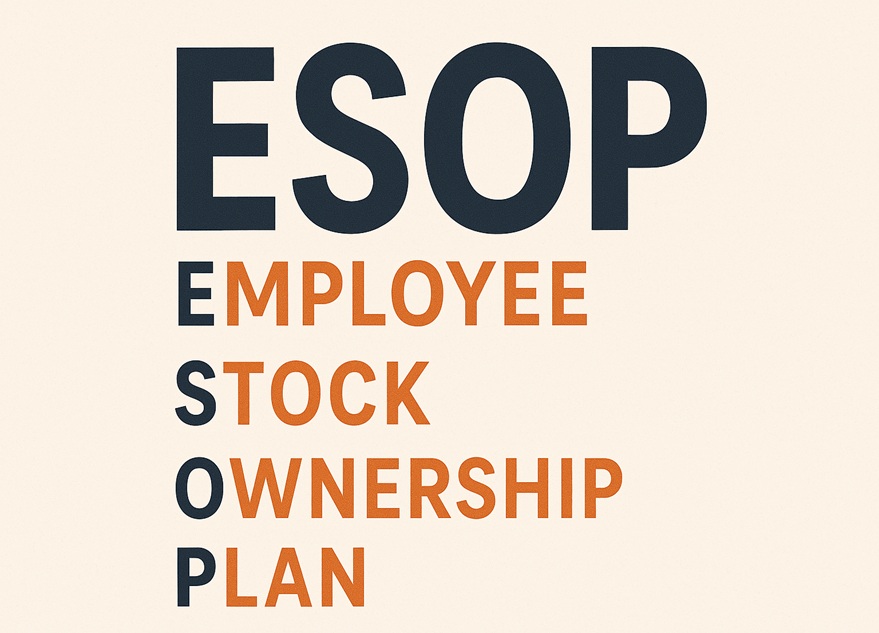Building an Employee Stock Ownership Plan (ESOP) for your employees can be a complex process, but it can also be a powerful tool for employee engagement, motivation, and retention. ESOP involves several steps to ensure it aligns with your company’s goals and the needs of your employees. This post aims to acquaint you with a general guide on how to build an ESOP plan, so read on!
💡 Are you looking for Coworking space in Gurgaon, Noida or Delhi? We are just a call away.
Call Now: 08999 828282
Step by Step Guide to Build an ESOP plan for your Employee
- Evaluate Your Company’s Goals and Financial Situation
- Consult Professionals
- Establish ESOP Objectives and Structure
- Get Employee Input
- Valuation of the Company
- Draft Plan Documents
- Implement the ESOP
- Monitor and Manage the ESOP
- Evaluate and Update the Plan
- Communicate and Engage

1. Evaluate Your Company’s Goals and Financial Situation
- Determine why you want to implement an ESOP and how it fits into your overall business strategy.
- Assess your company’s financial health and the feasibility of offering stock ownership to employees.
2. Consult Professionals
- Seek advice from legal, financial, and tax professionals who specialize in ESOPs to understand the legal and financial implications.
- Consider hiring an ESOP consultant to guide you through the process.
3. Establish ESOP Objectives and Structure
- Define the objectives of your ESOP, such as improving employee retention, incentivizing performance, or transitioning ownership.
- Determine the structure of the plan, including eligibility criteria, vesting schedules, and allocation methods.
4. Get Employee Input
- Communicate with your employees about the proposed ESOP and gather feedback to ensure it meets their needs and expectations.
- Educate employees about the benefits and responsibilities of ESOP participation.
Also Read: How to create a positive work environment for employees?
5. Valuation of the Company
- Conduct a thorough valuation of your company to determine the value of the stock that will be allocated to employees.
- Hire a qualified appraiser to perform the valuation in compliance with applicable regulations.
6. Draft Plan Documents
- Work with legal professionals to draft the plan documents, including the ESOP plan itself, trust documents, and any related agreements.
- Ensure that the plan complies with all relevant laws and regulations, such as the Employee Retirement Income Security Act (ERISA) and Internal Revenue Code (IRC).
7. Implement the ESOP
- Establish the ESOP trust and transfer company stock to the trust.
- Communicate the details of the ESOP to employees and provide ongoing education and support.
💡 SMBs looking for HR, Marketing, Technology and Funding solutions for their business.
Call Hello Jarvis 994 8000 800
8. Monitor and Manage the ESOP
- Regularly review the performance of the ESOP and make adjustments as needed to achieve its objectives.
- Stay compliant with legal and regulatory requirements and provide required disclosures to participants.
9. Evaluate and Update the Plan
- Periodically evaluate the effectiveness of the ESOP in achieving its goals.
- Consider making updates or modifications to the plan based on changes in the company’s circumstances or regulatory environment.
10. Communicate and Engage
- Maintain open communication with employees about the ESOP, including providing regular updates on company performance and the value of their ESOP accounts.
- Foster a culture of ownership and engagement by involving employees in decision-making processes and recognizing their contributions to the company’s success.
To sum up, building an ESOP requires careful planning, communication, and ongoing management. By following these steps and seeking professional guidance, you can create an ESOP that benefits both your company and your employees.
The Office Pass (TOP) co-working spaces available in Delhi and NCR can offer a perfect work environment to your employees hence promoting their overall job satisfaction. TOP offers all the facilities required to build an ESOP plan to run a successful business all under one roof at cost-effective pricing. Contact us for more details at 08999 828282.
FREQUENTLY ASKED QUESTIONS (FAQS):
Question: What is an ESOP plan?
Answer: An ESOP (Employee Stock Ownership Plan) is a program that enables employees to become partial owners of the company through stock ownership.
Question: Why should a company consider implementing an ESOP?
Answer: It can align employees’ interests with the company’s success, boost morale, and provide a retirement benefit.
Question: How to determine eligibility for participation in an ESOP?
Answer: Eligibility criteria typically include factors like length of employment, hours worked, and employment status (full-time, part-time, etc.).
Question: How are ESOP contributions made?
Answer: Contributions can be made through company stock allocations, cash contributions, or a combination of both.
Question: What are the tax benefits of an ESOP for the company and employees?
Answer: For the company, tax deductions are available for contributions to the ESOP. For employees, contributions and distributions may have tax advantages, such as deferral of taxation until withdrawal.
Question: How is the value of the ESOP determined?
Answer: The value can be determined through independent valuations conducted periodically or as needed.
Question: How are shares allocated within an ESOP?
Answer: Allocation methods vary but may consider factors like employee salary, tenure, or a combination of both.
Question: What happens to shares when an employee leaves the company?
Answer: Depending on the ESOP rules, shares may be retained by the employee, sold back to the company, or sold on the open market.
Question: How can communication about the ESOP be improved within the company?
Answer: Regular meetings, newsletters, and educational sessions can help employees understand the ESOP’s benefits and their role in its success.
Question: What are some common challenges in managing an ESOP?
Answer: Challenges may include ensuring fair allocation of shares, maintaining compliance with regulations, and effectively communicating the plan’s details to employees.



